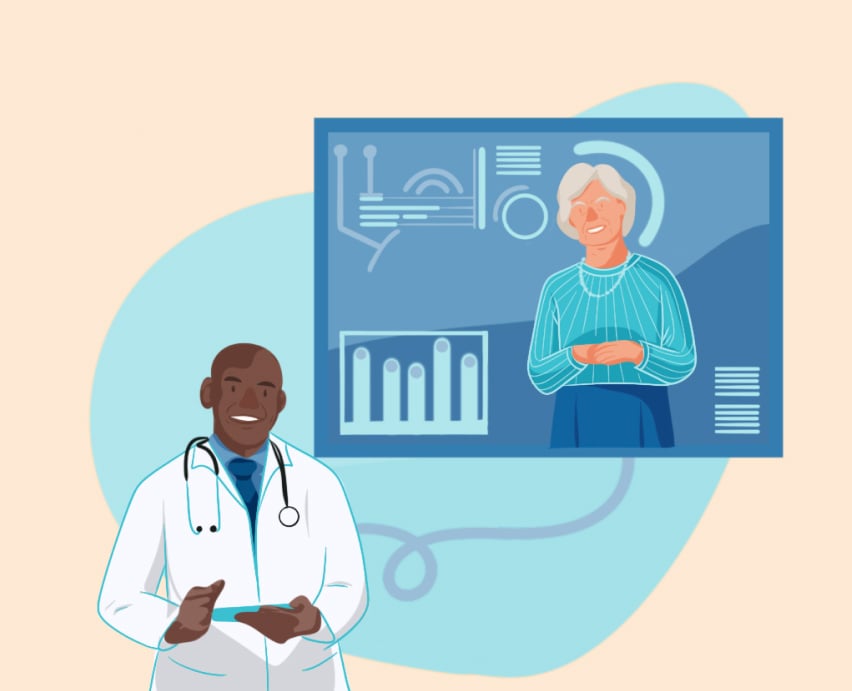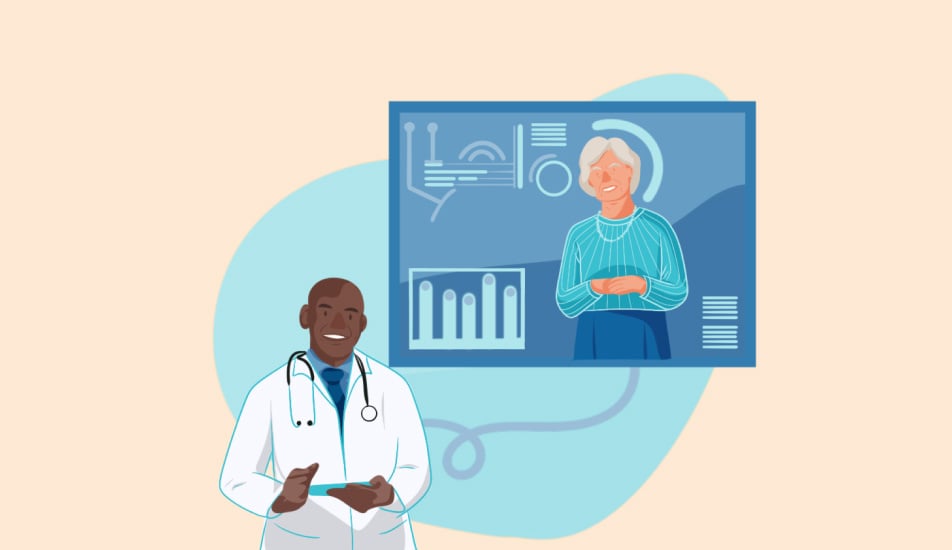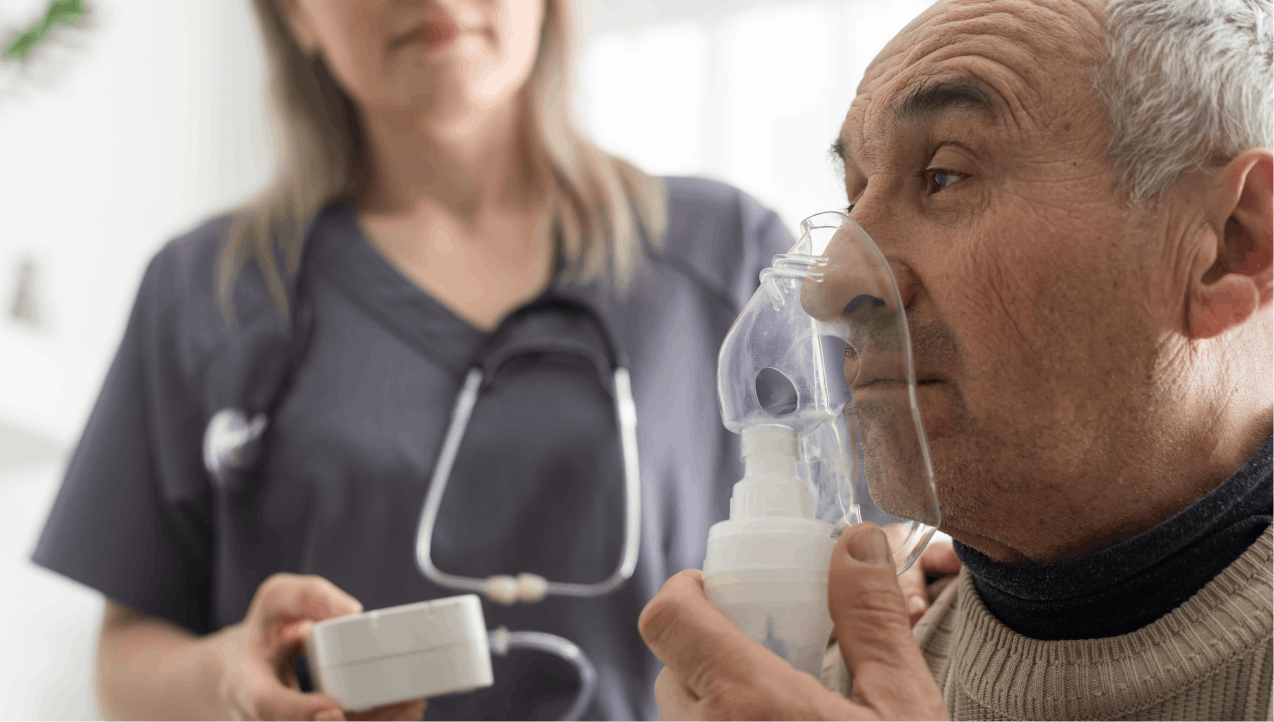Management of disease states
Systematically improve the management of prevalent and dangerous disease states that affect the United States population. Discover our unique solution.


Supported remote patient monitoring applications
Our remote patient monitoring solutions support the treatment of a wide variety of chronic conditions, including, but not limited to:
Hypertension
Make timelier recommendations that better support heart-healthy living. Quickly respond to blood pressure spikes and control patient risks using one solution.
Ongoing remote hypertension monitoring is a recognized method of controlling blood pressure. This can contribute to reducing heart disease symptoms, stroke symptoms, and other complications.

Obesity
Obtain insight into patient obesity data and deliver prompt and targeted advice directly to them. Whether you're monitoring lifestyle changes or the impact of weight loss medications, help support patients and hold them accountable with mutually agreed upon goals.

Congestive heart failure (CHF)
Instantly identify a sudden or steady increase in patient weight that indicates cardiac decompensation. Our solution equips you to respond fast and reduce the likelihood of adverse patient events and hospitalization.
Analysts predict that heart failure will impact 8.5 million Americans by 2030. Improve your remote patient monitoring and better support your patients.

Chronic obstructive pulmonary disease (COPD)
See real-time insight into COPD treatment effectiveness, improve clinical decision-making, and encourage patient adherence to care plans. Remote patient monitoring can give you access to critical peak flow measurements and help you reduce the impact of this disease on your patients.

Diabetes
Closely monitor blood sugar levels and changes with remote glucose monitoring solutions. Respond to changes, adjust treatment plans, and help patients get their diabetes under control.
Studies show lifestyle changes and medications can significantly impact patient outcomes and quality of life.

We make connected health easy
Tailor the patient experience. Customize cellular-connected devices and kits with your branding, printed inserts, patient education assets, and more.
Weight devices
Simple and accurate patient weight management powered and secured by Pylo.
Blood pressure units
Secure and reliable cellular-connected blood pressure devices powered by Pylo.
Hassle-free connected health API
Whether you are looking for easy access to patient readings or a comprehensive device management platform, our Pylo API is the easiest way to integrate cellular (LTE) remote patient monitoring into any health application or management system.
RPM and CCM are the perfect pair
Patients with at least two chronic conditions can be dual-enrolled in RPM and chronic care management (CCM) programs. Patients benefit from more holistic care and healthcare organizations maximize their reimbursement opportunities — to the tune of at least $107 per patient per month.
Specialized remote patient monitoring solutions for your exact needs
Not all remote patient monitoring systems are built the same. We work with you to understand your unique needs and tailor a solution that works for you and your business.
